FACILITIES AT SCRIPPS
Scripps Oceanography is home to cutting-edge research facilities and scientific equipment. Scripps’ location along the Pacific Ocean also allows for access to marine protected areas, one of the largest active research piers in the world, and an academic research fleet.
OUR FACILITIES
From preserved marine specimens to an in-house makerspace to an inground wave channel, the modern facilities at Scripps provide unparalleled research opportunities for students and faculty.
Analytical X-Ray Core Scanner Facility (XRF)
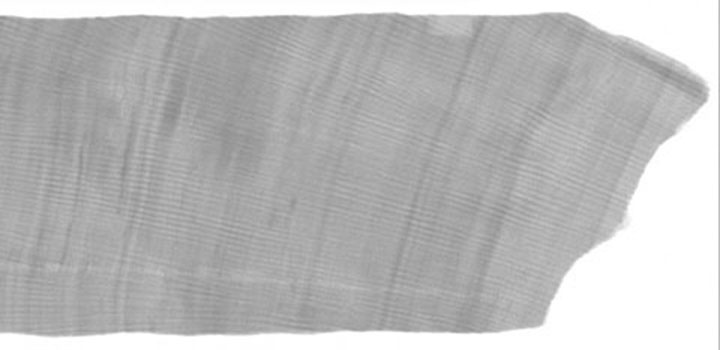
The XRF performs non-destructive analysis of elements Al through Ba. The samples we measure with the XRF range from split cores (both marine and lacustrine), slabbed cores, U-channel samples, tree cores, coral slabs, rock slabs and discrete samples. Samples can be scanned at a resolution of 0.1mm to 10mm and the XRF has a Line Scan camera that can generate very high definition images of samples.
Benthic Invertebrate Collection (BIC)
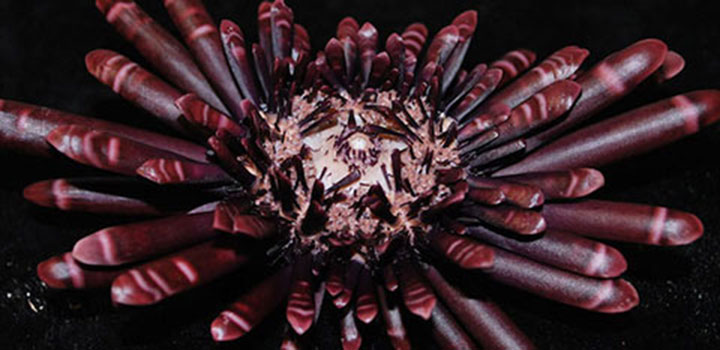
The Benthic Invertebrate Collection (SIO-BIC) is a research repository housing 55,000+ lots, representing 800,000+ specimens and 7,600+ species from marine environments worldwide. SIO-BIC supports scientific research by providing specimens for study of the taxonomy, biogeography, and evolution of marine invertebrates, including the description of many new species.
Boating Program
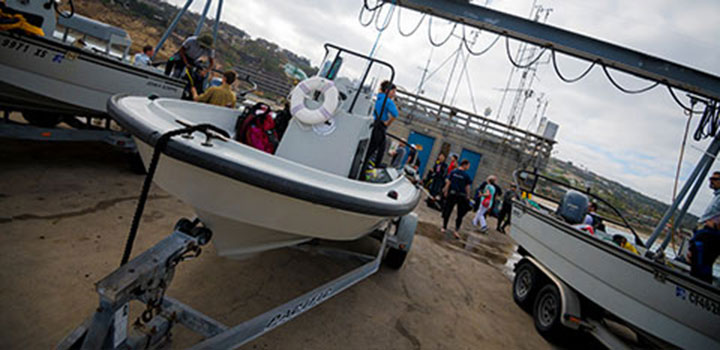
The Scientific Boating Program at the Scripps Institution of Oceanography at UC San Diego provides resources and training to enable researchers to safely conduct work on the water utilizing small craft, which include vessels up to 65’ in length. The program’s focus is to provide boat handling and other field training for students, researchers and staff; maintain shared use boats; and charter the R/V Bob and Betty Beyster for research use.
Experimental Aquarium
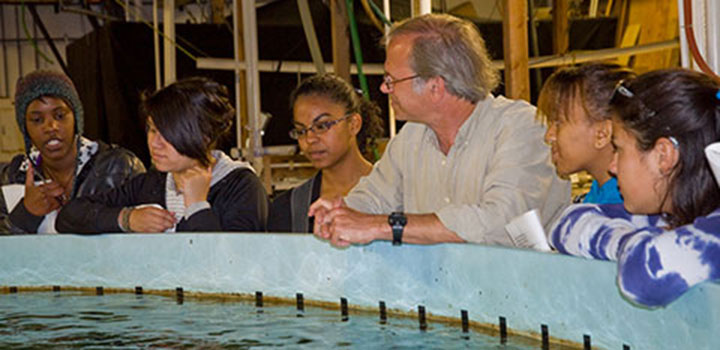
Facilities for in vivo studies include two large experimental aquarium rooms. Hubbs Hall experimental aquarium facility is 2751 square feet with 12 trays and 30 tanks (most insulated) of volumes ranging from 1020 l to 7560 l, utilizing an 'open seawater system.'
The Ritter Hall Experimental Aquarium facility is 2150 square feet with 18 trays and 19 tanks with volumes ranging from 300 l to 21,000 l, a two chambered controlled light room and three each 3 m square cubicle rooms.
Geological Collections
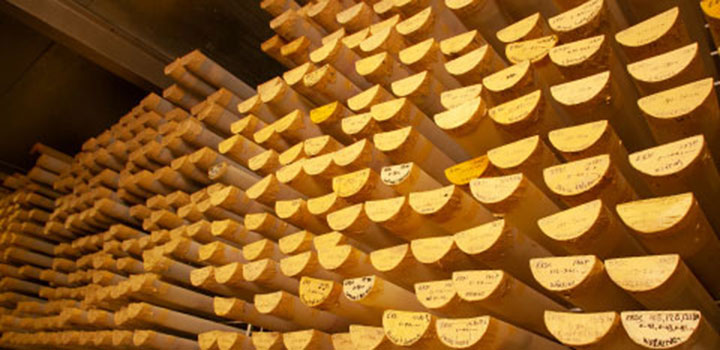
The Geological Collections at Scripps Institution of Oceanography are a physical library of priceless geological samples that come from the seafloor and subseafloor of the world’s oceans. The collections holds about 7500 deep ocean cores, more than 3500 deep sea dredges, and approximately 40,000 slides of marine microfossils in the main rock and core collections, and about 10,000 samples of rocks and fossils in the teaching collection.
Geological Data Center
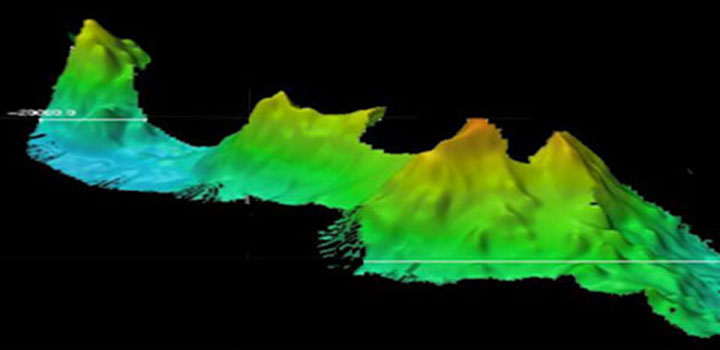
The mission of the Geological Data Center is to curate and provide access to oceanographic data, especially from Scripps expeditions, making them accessible for scientific and educational use worldwide.
High Performance Wireless Research and Education Network (HPWREN)
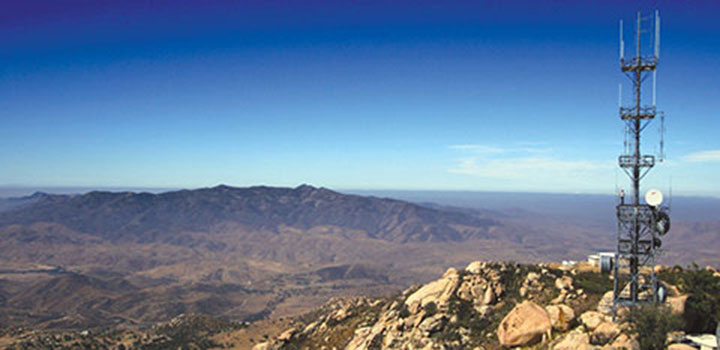
HPWREN functions as a collaborative, Internet-connected cyberinfrastructure. The project includes a high-bandwidth wireless backbone and access data network in San Diego, Riverside, and Imperial counties in areas that are typically not well-served by other technologies to reach the Internet and support applications in the research, education, and public safety realms.
Hydraulics Lab
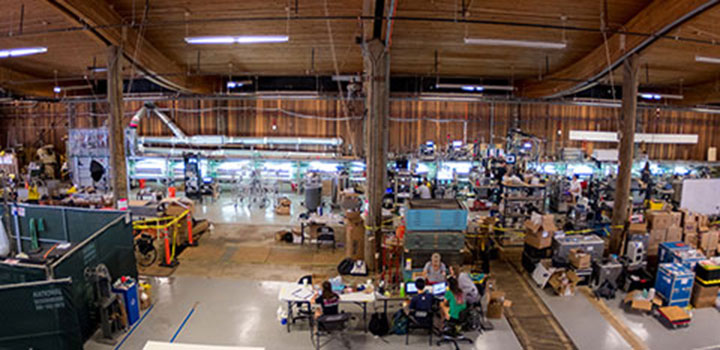
The Hydraulics Laboratory offers various testing facilities. An on-site machine shop, fabrication tools and the in house expertise to use them greatly enhance the capability of the laboratory to serve a wide variety of scientific projects and research.
Instrument Development Group (IDG)
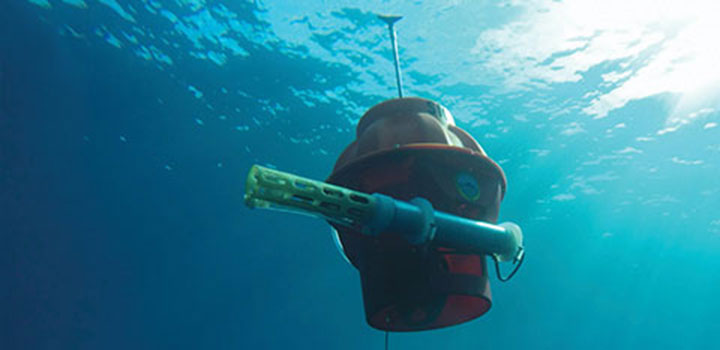
The Instrument Development Group (IDG) develops autonomous instrument platforms and sensors, builds instrumented vehicles for SIO projects (including collaborations outside UC), and operates floats and gliders for such projects.
Keck/OAR Test Pool
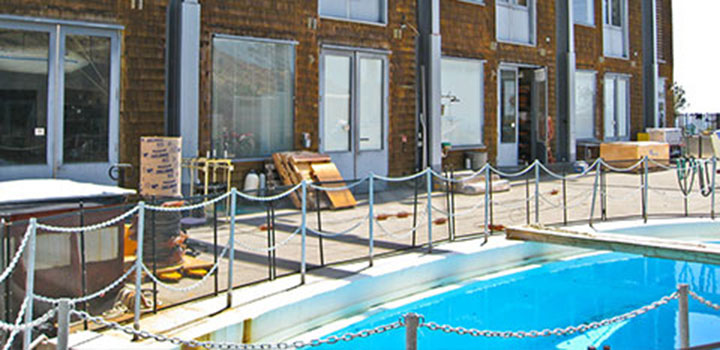
The Marine Science Development Center manages this testing pool located at the Keck Center. Oval shape, interior dimensions are 5.5 m width and 12.5 m length. Shallow depth is 4 m with a deep section at 9.1 m. Fresh or salt water is available.
Lagrangian Drifter Lab (LDL)
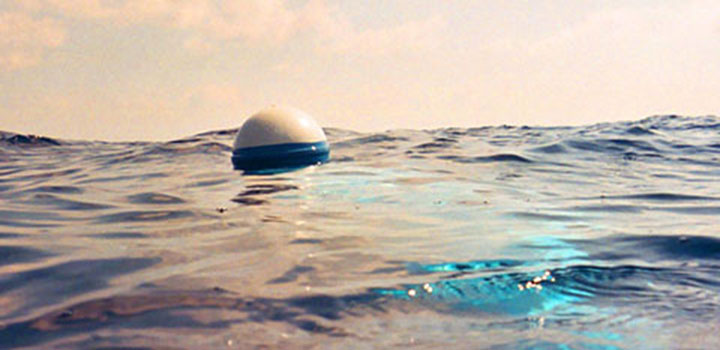
The Lagrangian Drifter Laboratory develops custom drifters to fit scientific program requirements.
Marine Facility Shop
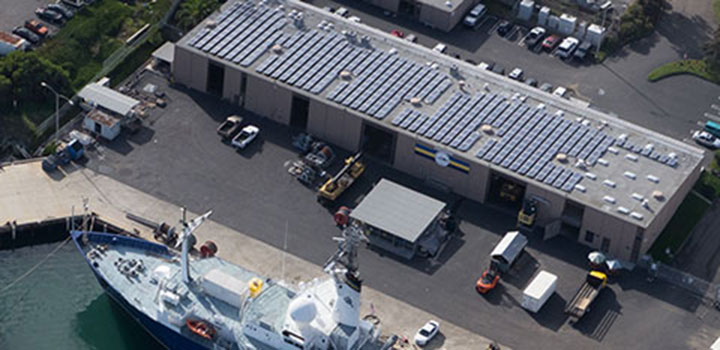
The Marine Facility Shop can provide carpenter, welding, mechanical, electric and machine shop services. The shop's employees are trained in pipefitting, general steel and aluminum fabrication, woodworking, hydraulic, and mechanical repair, and the operation of material handling equipment.
Marine Science Development Center (MSDC)
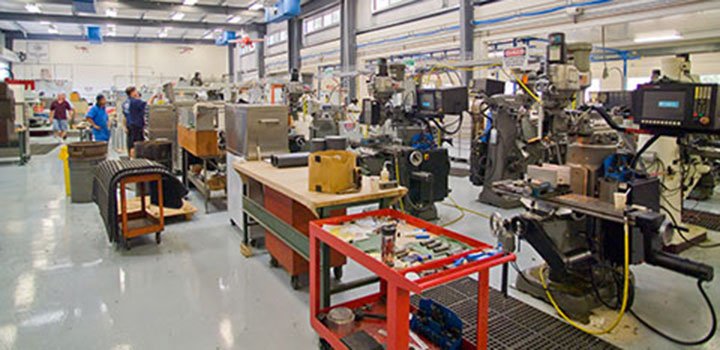
MSDC specializes in the design, development, fabrication, and assembly of oceanographic, space, and general scientific hardware from minute laser components to large-scale integrated systems.
Marine Vertebrate Collection
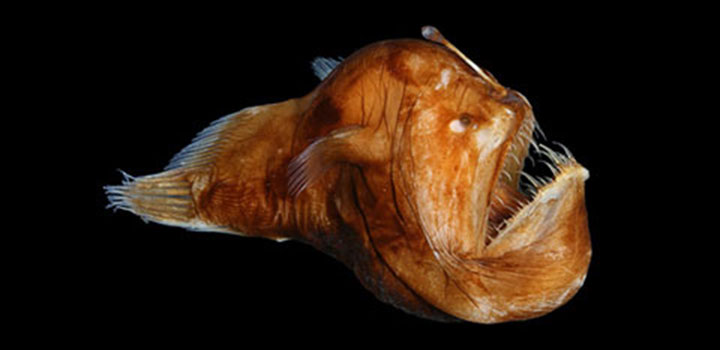
The Marine Vertebrate Collection supports scientific research by providing specimens for studies on the taxonomy, evolution, and ecology of fishes. Specimens are available for examination at Scripps and for loan to researchers at recognized institutions.The Collection (ASIH Collection Code: SIO) maintains approximately 2 million alcohol-preserved specimens in over 120,000 lots, representing more than 5,600 species of fishes.
MPL R&D Machine Shop
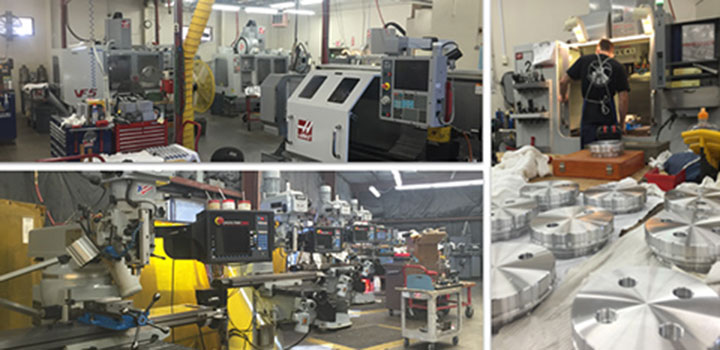
After more than 70 years, the MPL Machine Shop has significant experience in the design and fabrication of scientific devices in support of oceanographic projects including precision optical equipment, sonar housings, precision deep sea pressure cases, winches, heave compensators, research equipment deployment, boom fabrication and a variety of marine equipment support devices.
National Science Foundation West Coast Winch Pool
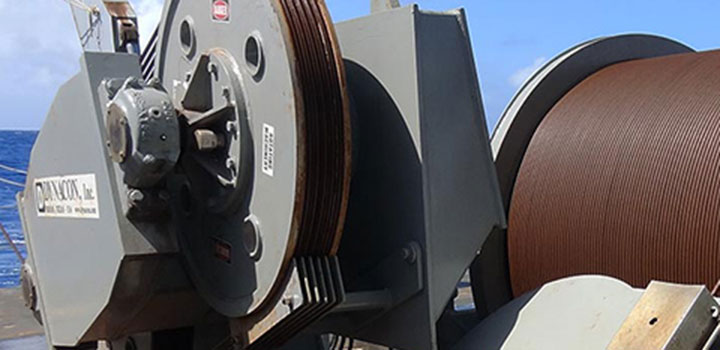
Scripps Institution of Oceanography maintains the National Science Foundation (NSF) West Coast Winch Pool for the benefit of U.S. ocean scientists. The winch pool is a shared-use facility that procures, maintains, upgrades, and makes available a variety of portable oceanographic winches that are used by scientists aboard a broad range of research vessels.
Nimitz Marine Facility
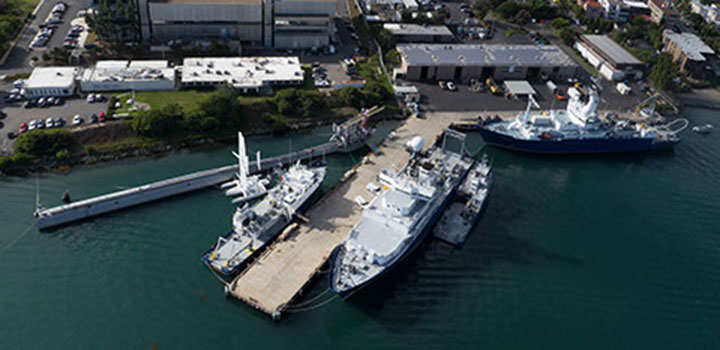
The Nimitz Marine Facility (MarFac) is the home port and technical support center for the Scripps oceanographic research fleet. Located on Point Loma in San Diego Bay, the six-acre MarFac campus serves as the logistical and technical support hub for Scripps's worldwide ocean research program. The location includes the administrative offices of our Ship Operations & Marine Technical Support, along with with machine shops, instrument repair and calibration facilities, scientific staging and short-term storage areas, shipping/receiving facilities and a host of other specialized capabilities that support Scripps ocean research around the globe.
Oceanographic Collections
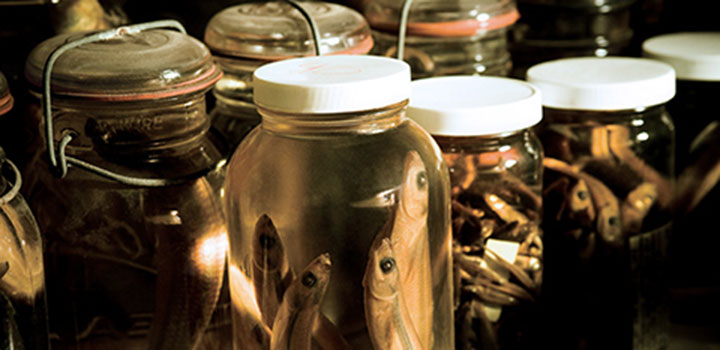
Scripps's oceanographic collections contain more than 100 years of biological and geological specimens and geophysical data, including more than 2 million fish specimens and 15,000 sediment core sections.
Oceanographic Data Facility (ODF)
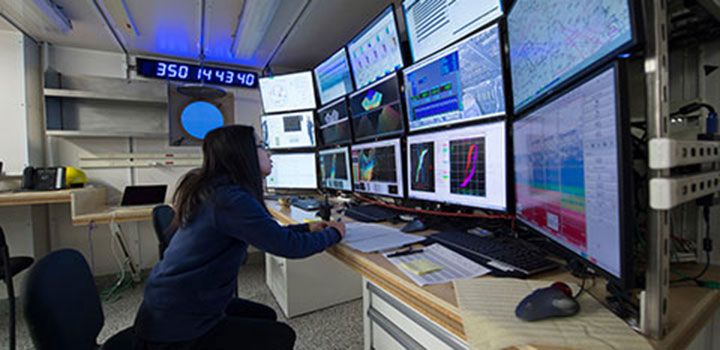
The Oceanographic Data Facility (ODF) provides high-quality, competitively-priced technical services and equipment to government agencies, educational institutions, and private organizations throughout the world. The highly experienced personnel and diversity of services provide the high quality reference data required to meet scientific program objectives.
Pelagic Invertebrate Collection (PIC)
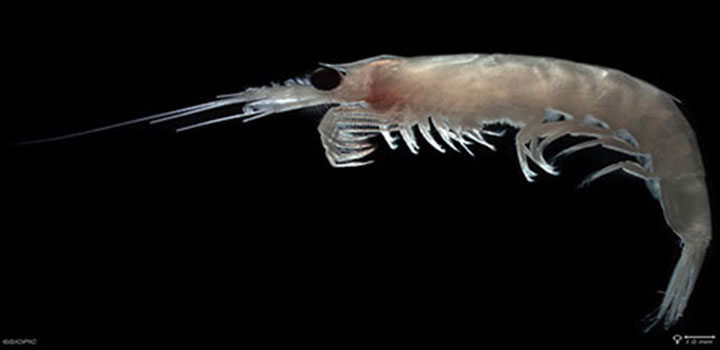
The Pelagic Invertebrate Collection supports scientific research by providing specimens for studies on systematics, evolution, molecular genetics, ecology, population dynamics, climate change and other topics. Specimens are available for examination at Scripps and for loan to researchers at recognized institutions. The PIC is among the world's preeminent collections of marine zooplankton, including more than 140,000 whole zooplankton samples containing over 100 million specimens.
Pinon Flat Observatory (PFO)
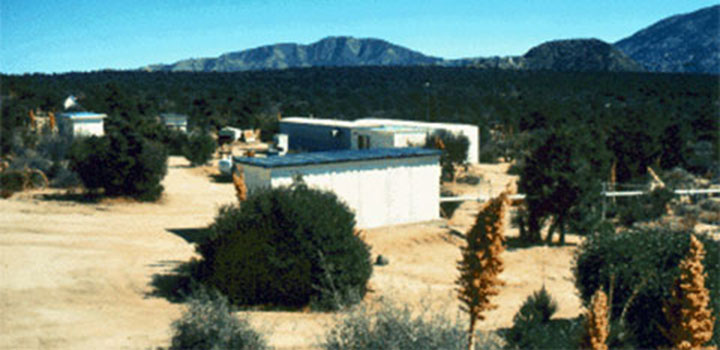
Pinon Flat Observatory (PFO) is operated by the Institute of Geophysics and Planetary Physics of the University of California, San Diego (IGPP-UCSD), and is intended to serve as a testing ground for new geophysical instrumentation. Investigators from throughout the world operate instruments at this site.
Scientific Diving
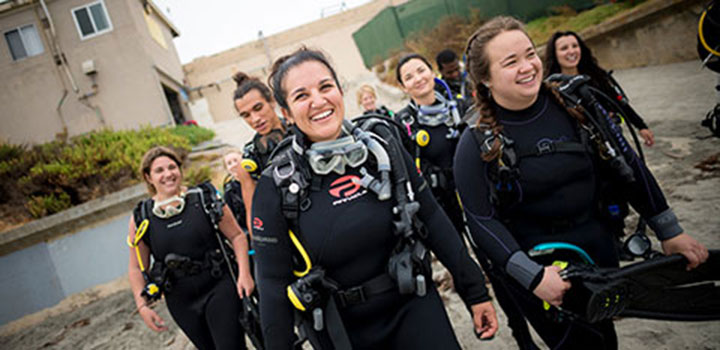
The Scientific Diving Program trains and supports the university's scientists, students, and technicians in the use of underwater techniques and technology necessary to safely conduct their research in underwater environments.
Scripps Fleet
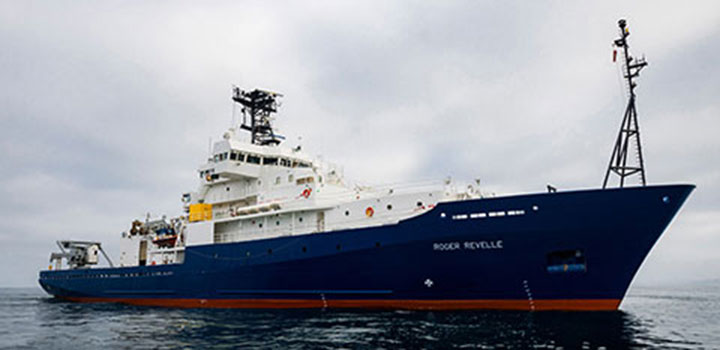
Scripps Institution of Oceanography at UC San Diego operates one of the largest academic research fleets in the world.
Scripps Ocean Atmosphere Research Simulator
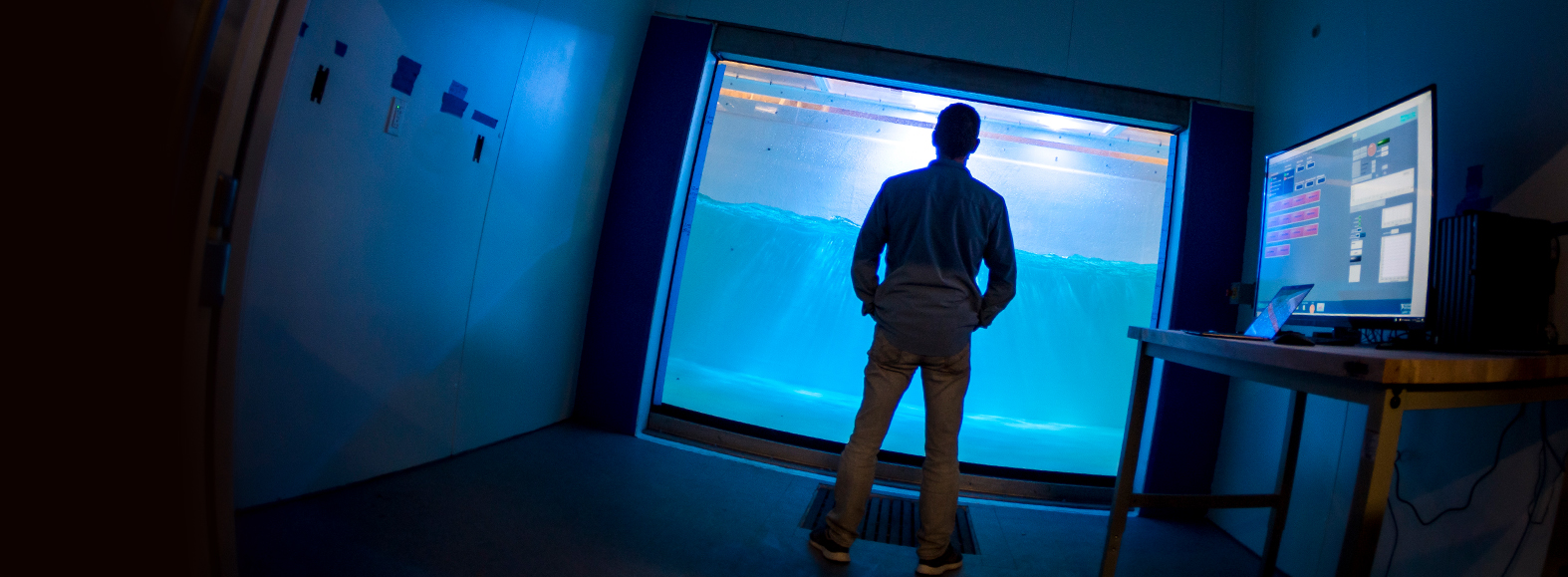
SOARS combines a wave tank with a wind tunnel along a 36-meter-long channel built into the Hydraulics Lab of the Scripps Institution of Oceanography at UC San Diego.
Scripps Pier
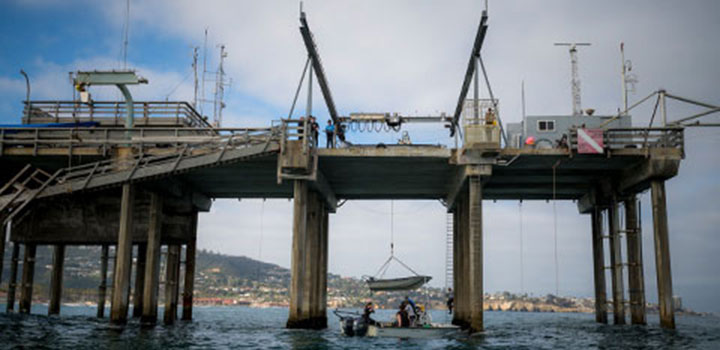
As one of the world's largest research piers, the Ellen Browning Scripps Memorial Pier is used for boat launching, scientific observations, scientific diving instruction, seawater collection, and a variety of experiments.
Scripps Sandbox Makerspace
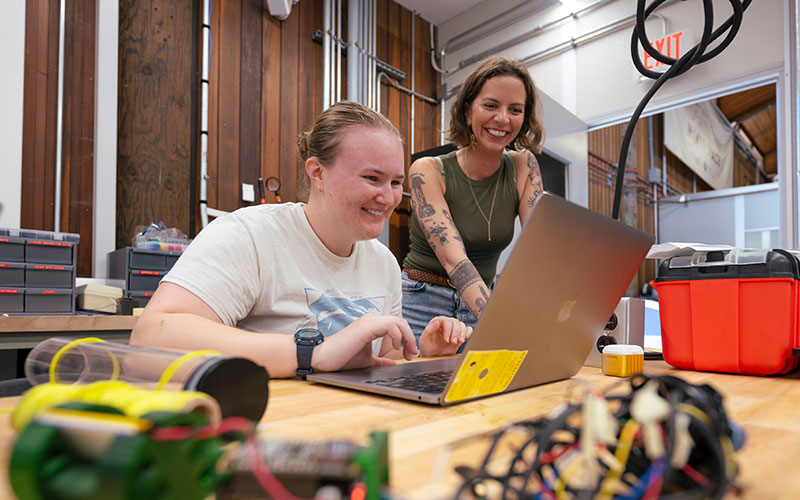
The Scripps Sandbox Makerspace, located in the Hydraulics Laboratory, provides cutting-edge tools and technologies for hands-on learning and research. Serving SIO students, faculty, and staff, it supports project-based learning, fabrication for research, and collaboration with workshops and one-on-one training. Everyone is welcome; no experience necessary.
Scripps Technical and Engineering Exchange (STEX)
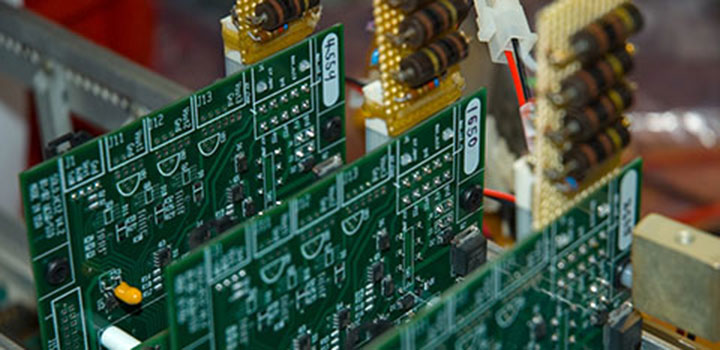
Scripps Technical and Engineering EXchange Program (login required) was developed to share the expertise of our professional scientific support staff with other Scripps researchers for a day, a week or longer.
Shipboard Technical Support (STS)
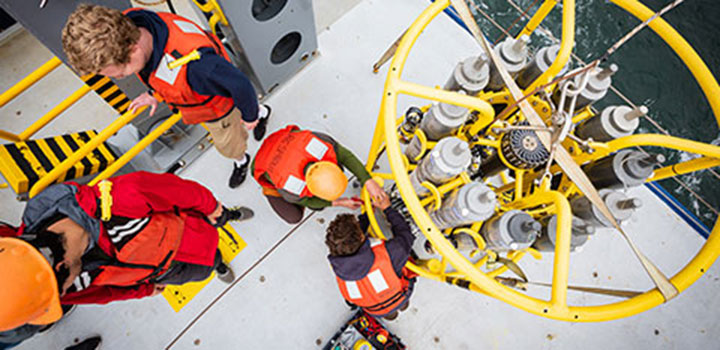
Shipboard Technical Support (STS) provides specialized expertise, personnel, instrumentation and support services to scientists that use oceanographic research vessels. STS also designs, builds and sells specialized equipment and instruments unavailable on the commercial market.
UCSD Research Core Facilities
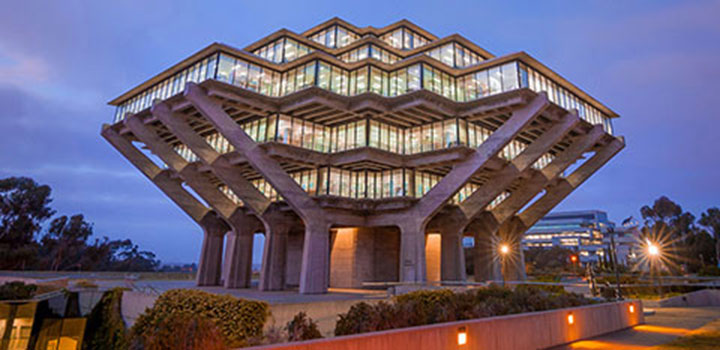
UC San Diego's Office of Research Affairs maintains a listing of current research core facilities that are accessible to faculty, fellows, staff, and students.
MARINE CONSERVATION AND TECHNOLOGY FACILITY
This new facility provides undergraduate and graduate coursework in marine biodiversity, conservation, resource management, advanced statistical analysis and associated disciplines. The facility houses the Center for Marine Biodiversity and Conservation (CMBC) and the research labs of Stuart Sandin and Jennifer Smith, experts in coral reef ecology and marine biodiversity. The facility features a state-of-the-art saltwater research aquarium with seawater pumped directly from the Pacific Ocean.
Monitoring the
Pulse of Our Planet
Oceanographic Collections
Archives of both marine organisms and geological samples